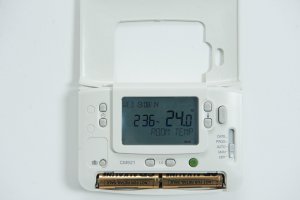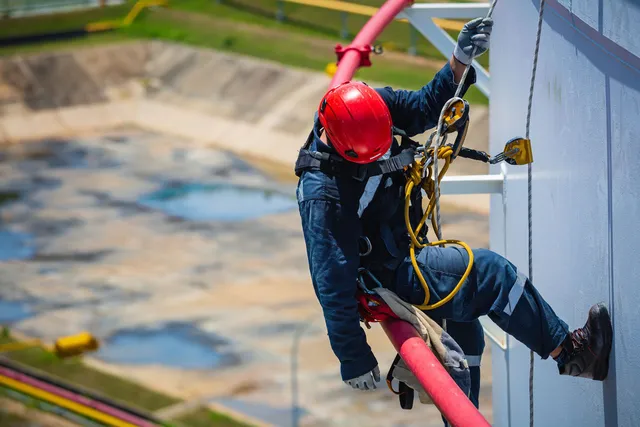
This is why we collected the most common problems faced by customers, such as their Honeywell thermostat’s display not working or other Honeywell thermostat troubleshooting issues like no heat, etc. and put them under one heading to let you breathe while rummaging through them.
Honeywell thermostat problems
Some problems on an analog thermostat:
Blinking Screen
A reason why your thermostat’s screen may flash as you do is that its batteries died. To solve, hence, you will need to change the batteries. If it isn’t for the cells and you brought them only yesterday, chances are there’s an issue with compressor protection. If that is the case, you will see “cool/heat on” on the therm display screen. Not the “replace bat” urgency.
Wrong temperature reading
If your unit is not in line with the wall you placed it on, the mercury switch inside may not be in its position, but slightly tilted. If that happens, the room temperatures will be read wrong by the therm, and then it will turn on the air conditioning or not turn it on as it should/shouldn’t. And, If leveling the unit doesn’t fix the issue, try changing the position to somewhere else. Clean the walls, clean the unit even, and try to place it 5 feet above the ground, at least. And never place it inside a cabinet. Leave it out.
Wiring
There are plenty of colorful wires inside the therm. Check the instruction manual to see that every wire is in place, wired right. If not, have it done. If the wiring is right, but your thermostat is acting up, chances are the problem is with the furnace/air conditioner circuit. Check that to correct.
Below are stated some problems on a digital thermostat:
No display
Pulling from our previous advice, if your thermostat screen goes blank, try checking the furnace circuit if the breaker has flipped. Not just the circuit, you should check the furnace and air conditioners too. If the door of the furnace is open, merely closing it will solve the problem. If there is no such issue, and there is still no information or light on your screen display, the item may lie with a dead battery, loose wires, or short-circuit. While the first two cases can be easily fixed, you may need pro help with the last.
Room temperature issue
To measure the room temperature and sometimes to sense the heat/cold of the atmosphere, there is a thermometer placed inside the thermostat. When this doesn’t work correctly, your therm won’t be able to read the room temperature properly and give you false readings. To solve it, you can try replacing the sensor. But you would do much better if you change the thermostat itself, not just the thermometer.
Wiring Issue
This is similar to the problem faced by analog thermostats. Each wire inside it has a particular function. So the cables don’t just differ in color, they need to be connected to various devices as they need functioning. You will get C, G, R, Y, and W labeled wires. One end of each of them is connected to a device, and they all converge inside the thermostat.
Anyway, before you start working with the wires, you will need to switch off the primary circuit of power supply if you plan to do whatever is ahead on your own. You will need to check if the wires are correctly connected. The Red wire supplies power to the stat. The Yellow one is for cooling and may be connected to your cooler/humidifier or air conditioner. The White wire is for heating and can be for the furnace. To connect the fan with the thermostat, the Green wire is used. The common-ground wire is the C wire to which all the other cables are connected. If these aren’t, your thermostat may be powered by a battery.
You have to make sure that all the wires are appropriately attached where they belong, aren’t worn out, and follow the guide. If needed, you can have a technician check it for you.
Short fuse
Due to fluctuations of current, your thermostat can meet with a short fuse. When current higher than general flows through the circuit, the fuse may burn and make the thermostat dysfunctional. To bring the therm back to life, you can check the fuse of the circuit breaker, turn it off then on. It may start working or may not. If not, you need a replacement.
Day/time settings
Many think that their thermostat has a severe issue that can’t be solved, or they can’t bother to have it resolved and decide upon changing it entirely. Before you take any of the steps, make sure the time and clock are properly set because everything else will depend on it.
Conclusion
Now, you should be able to fix your thermostat and do some basic troubleshooting that many like you do. If you think this is your cup of tea, have it done and don’t bother for tech-support!










